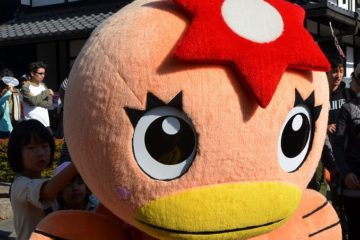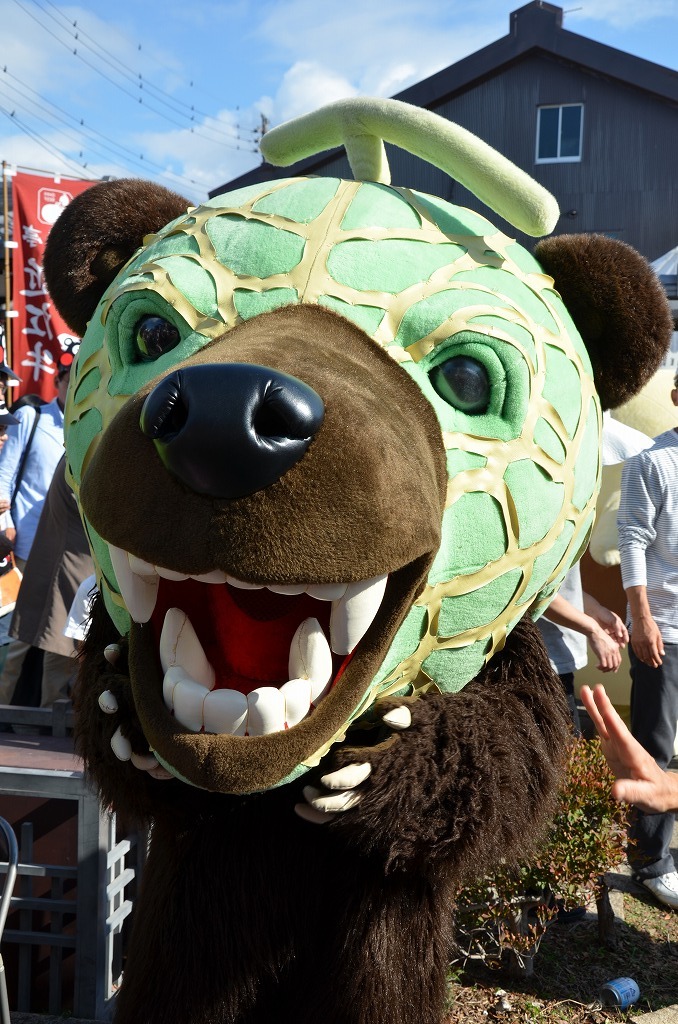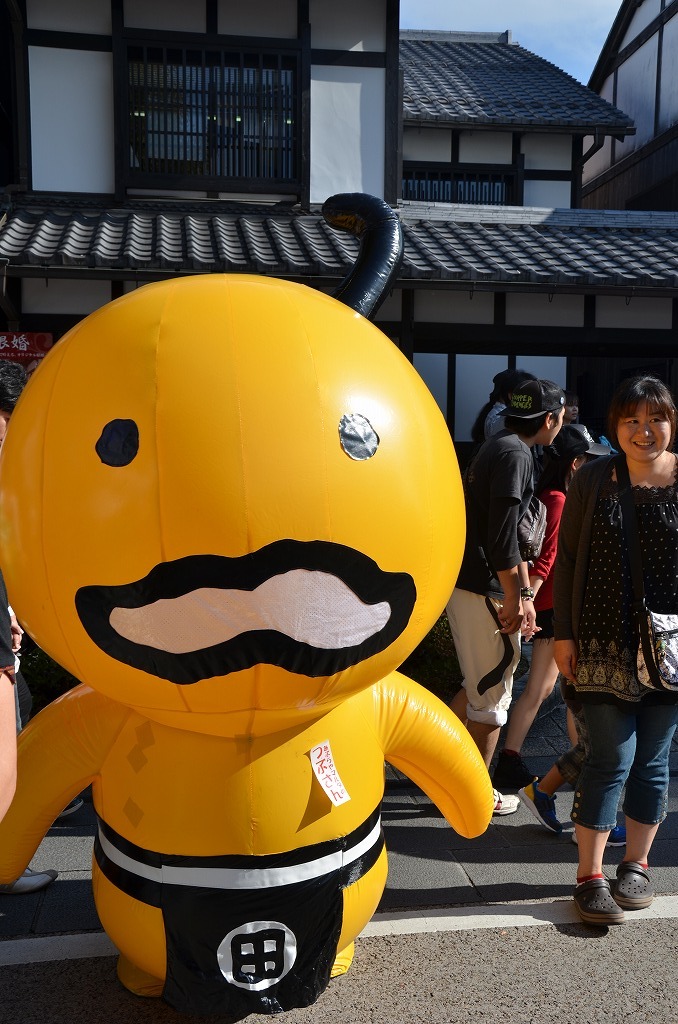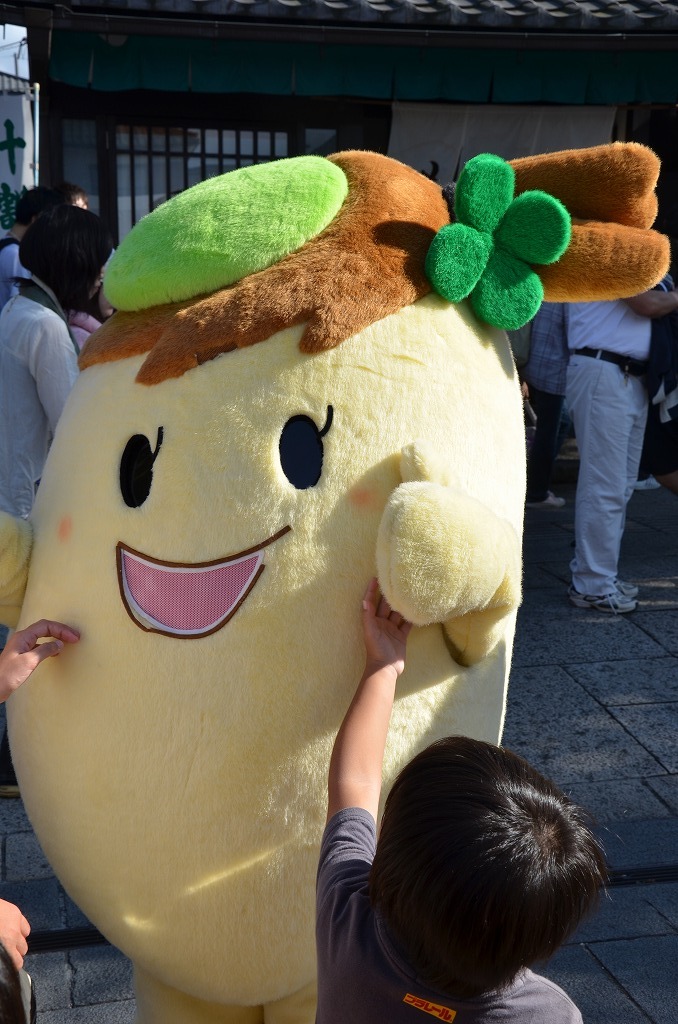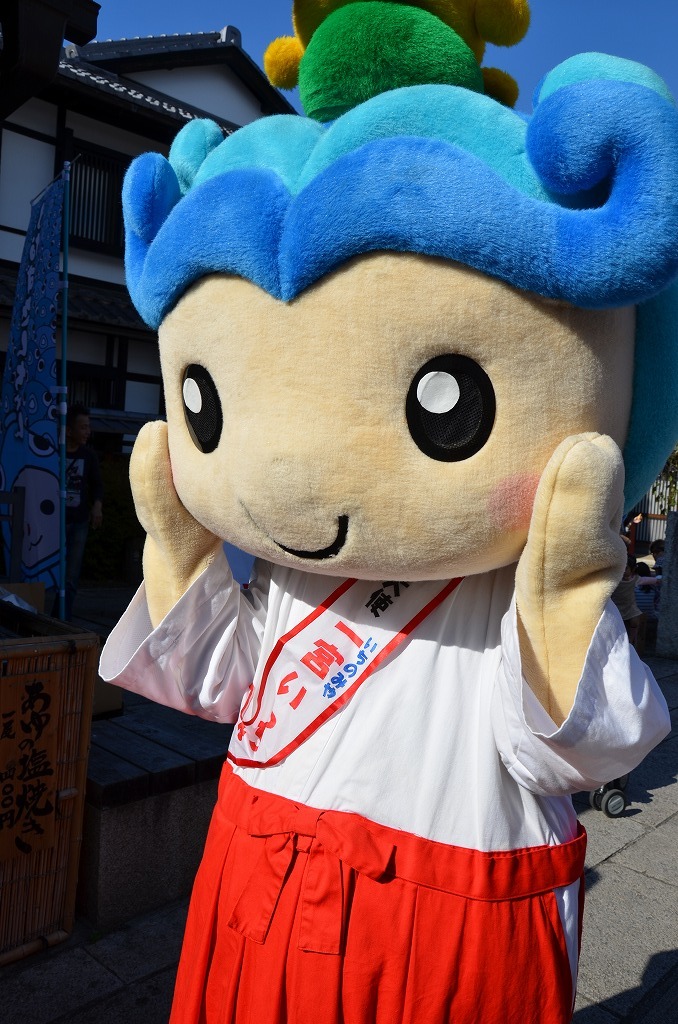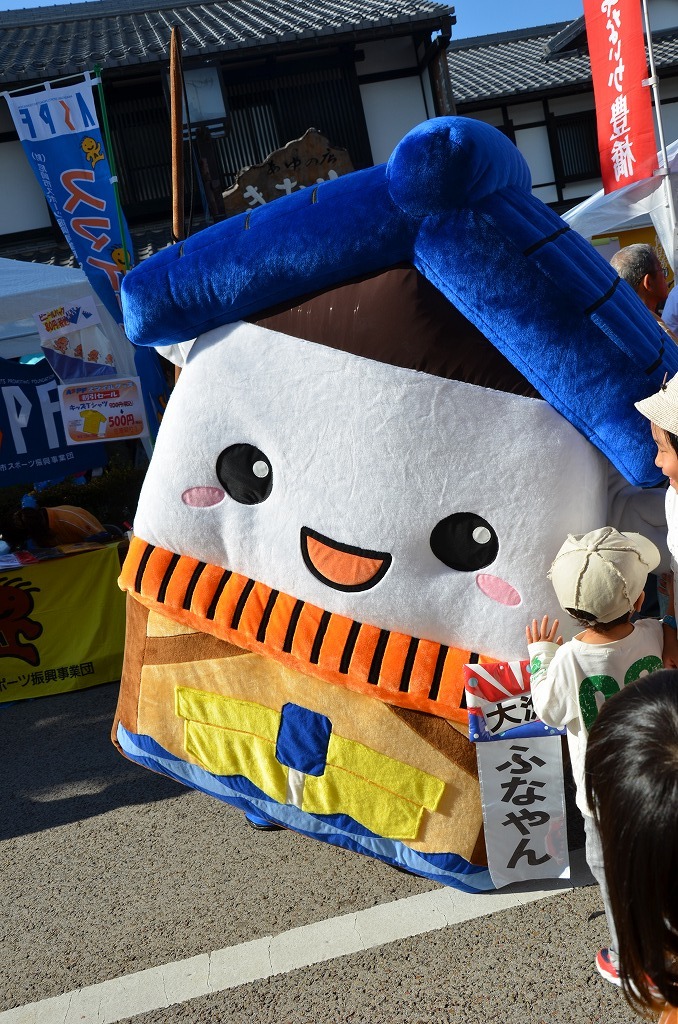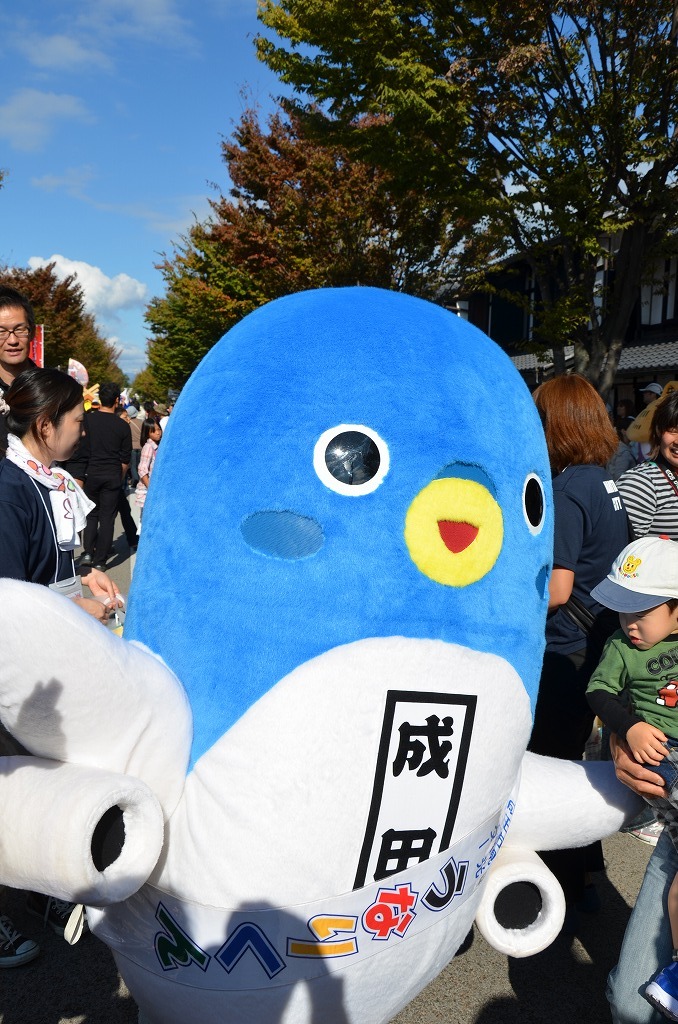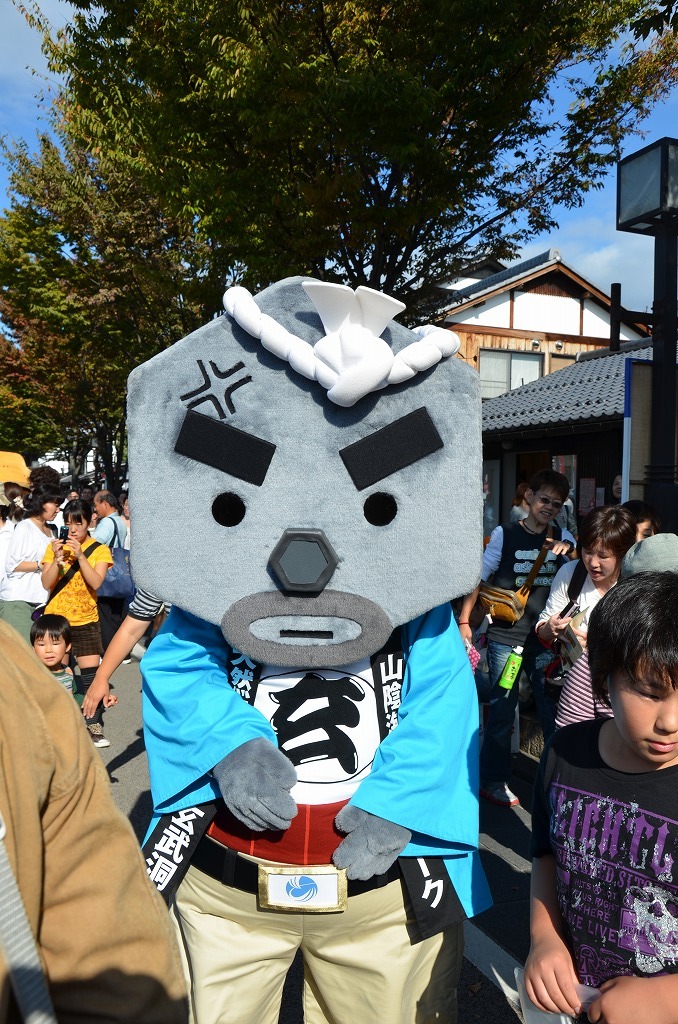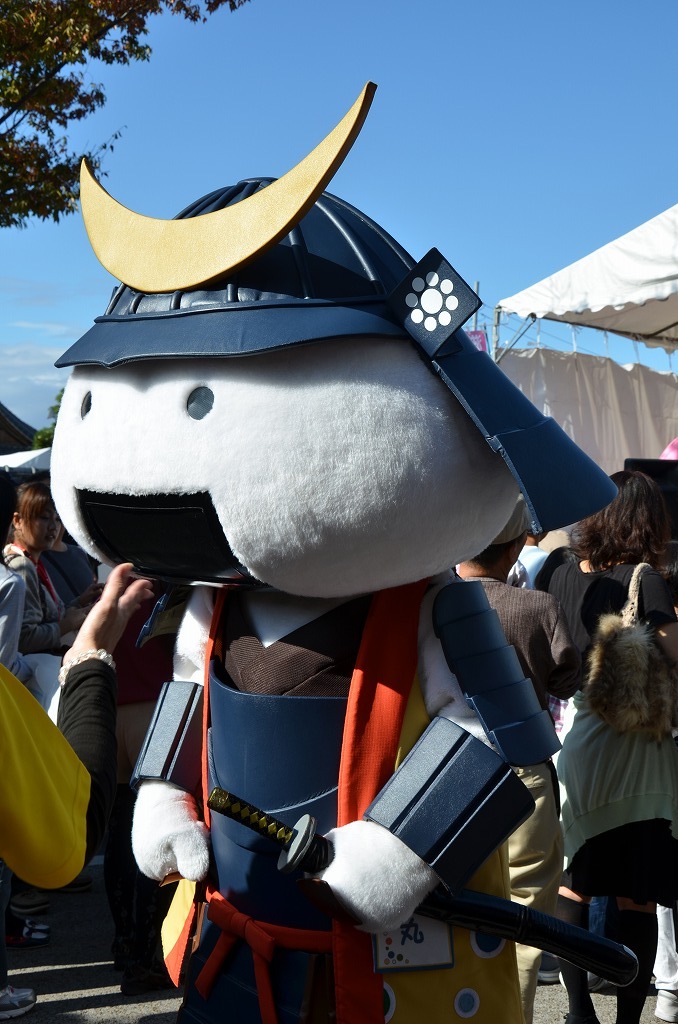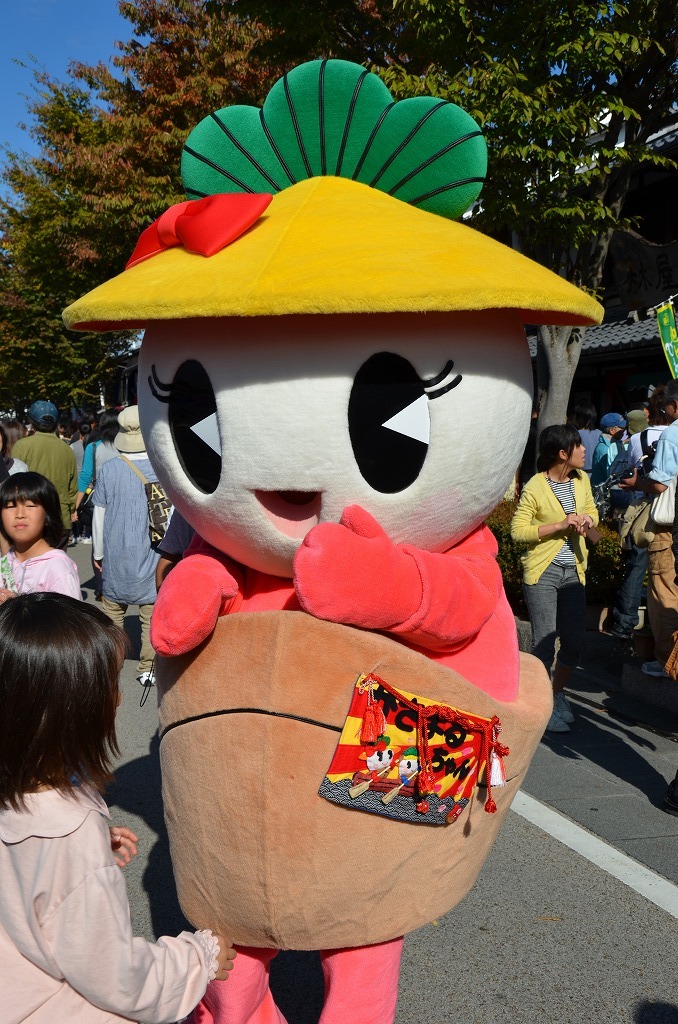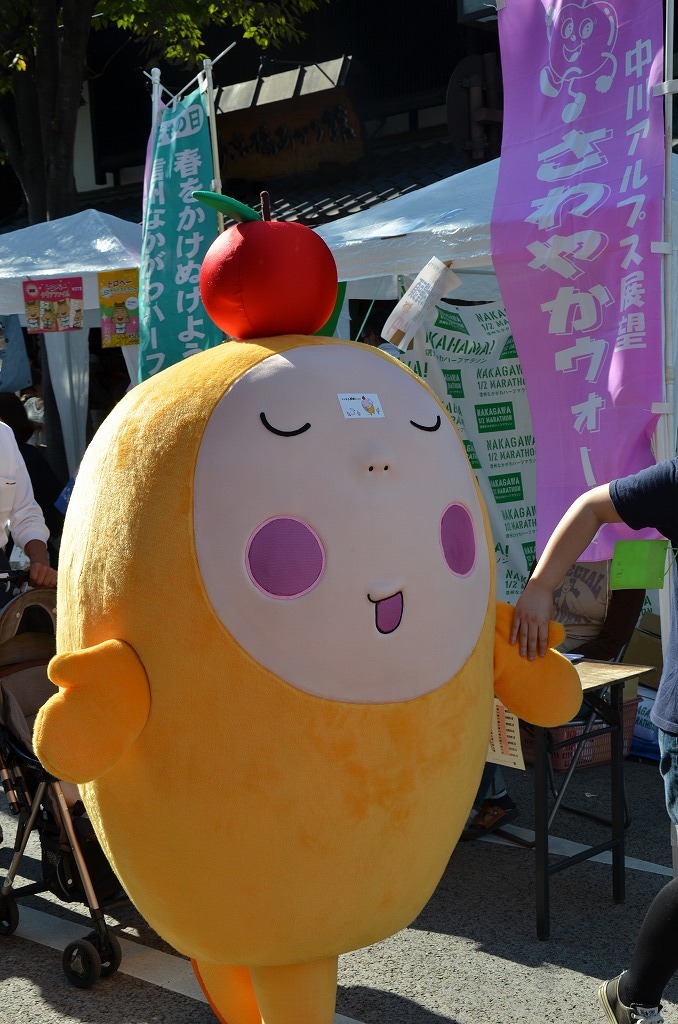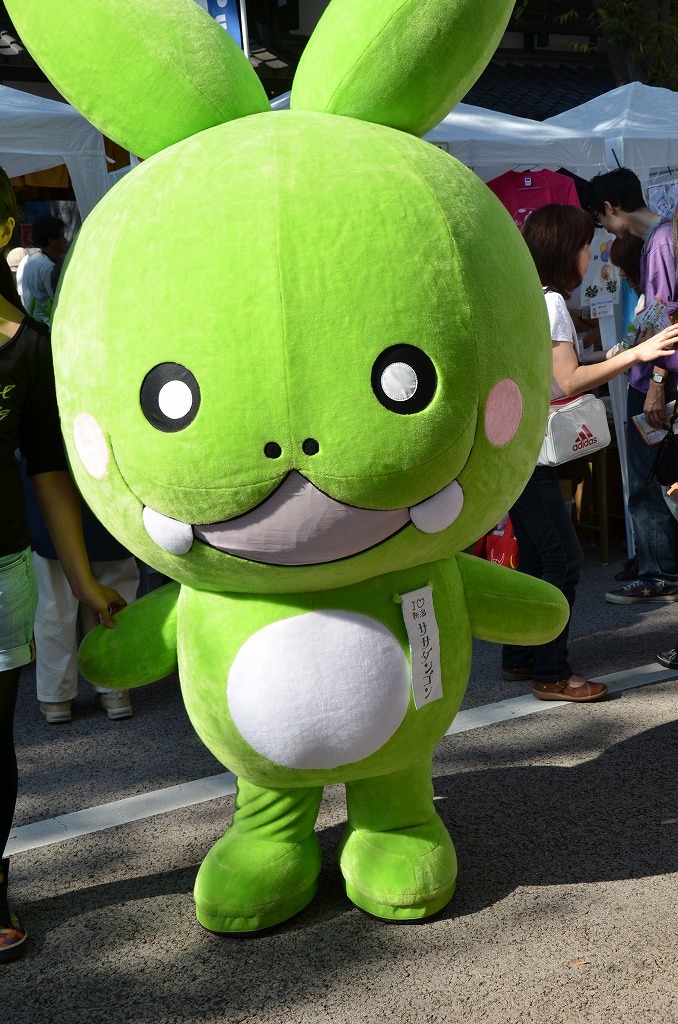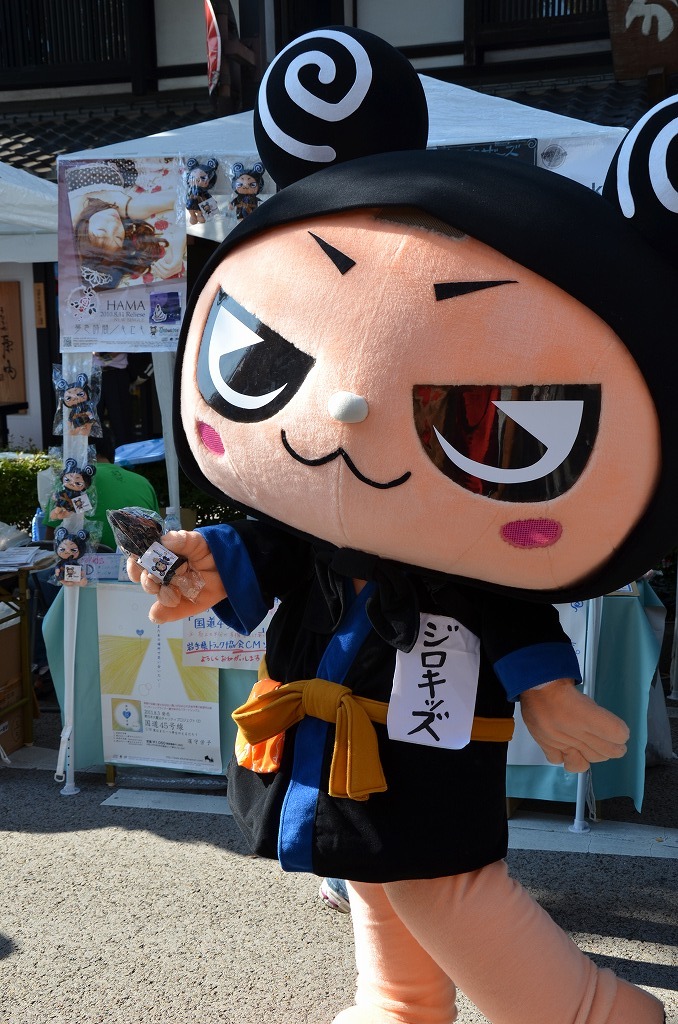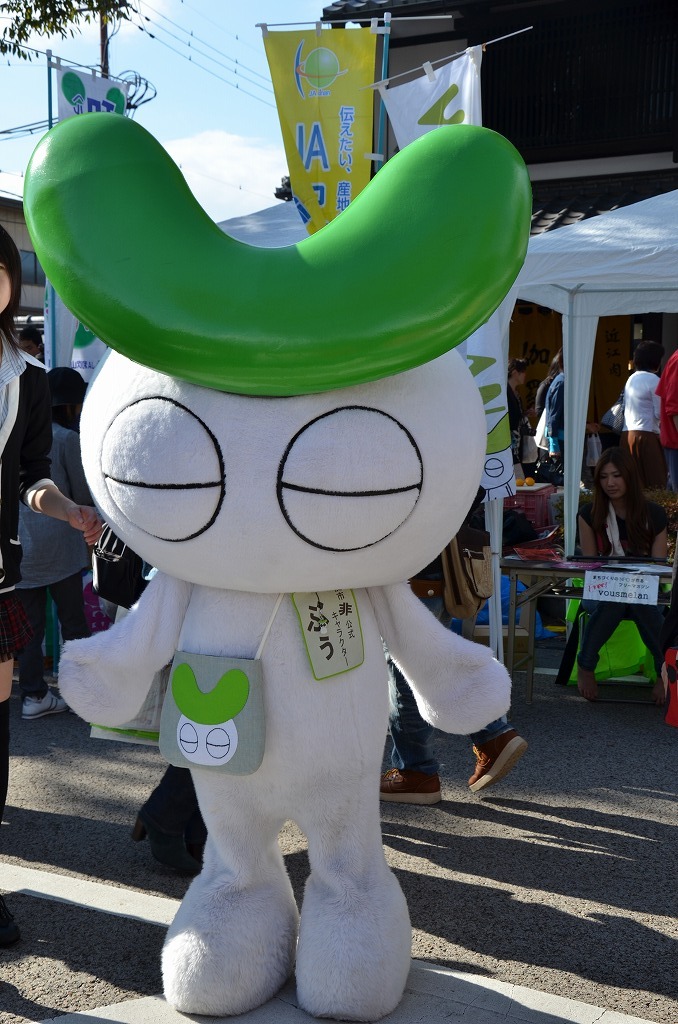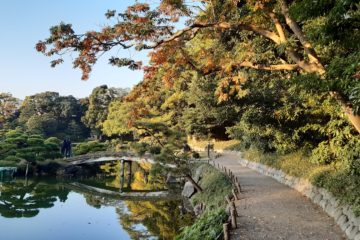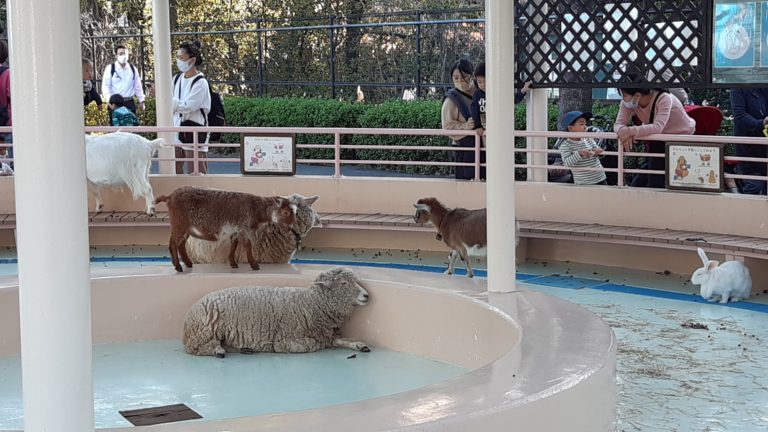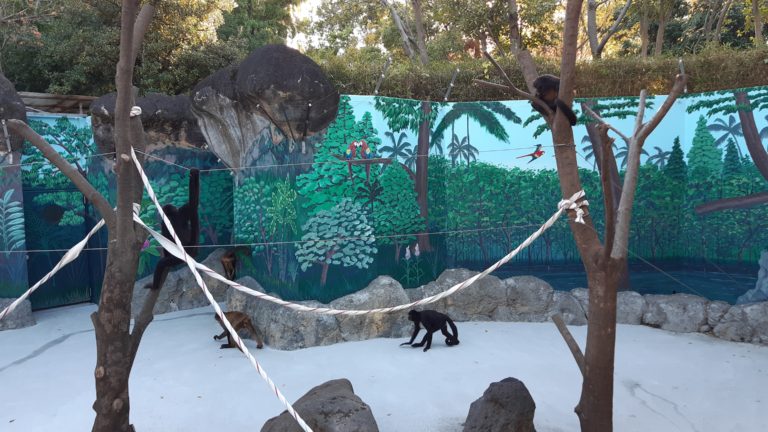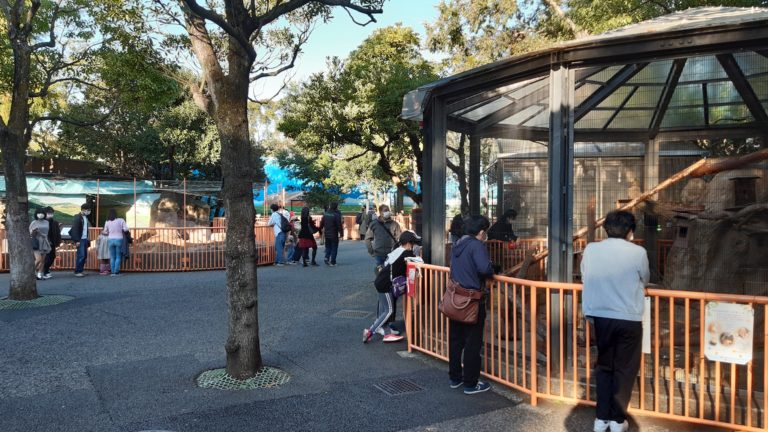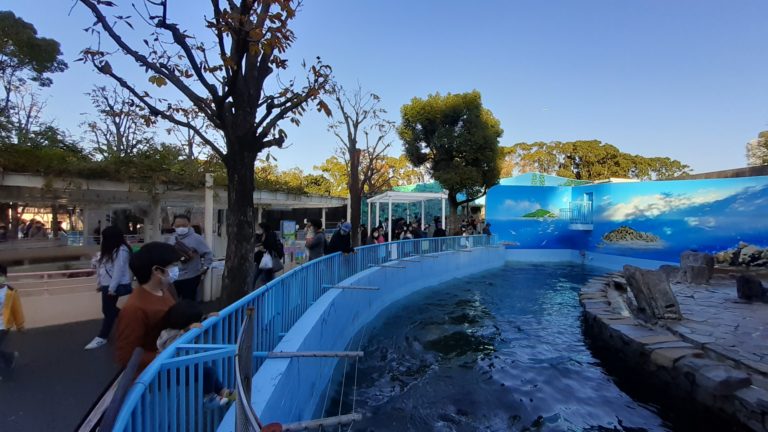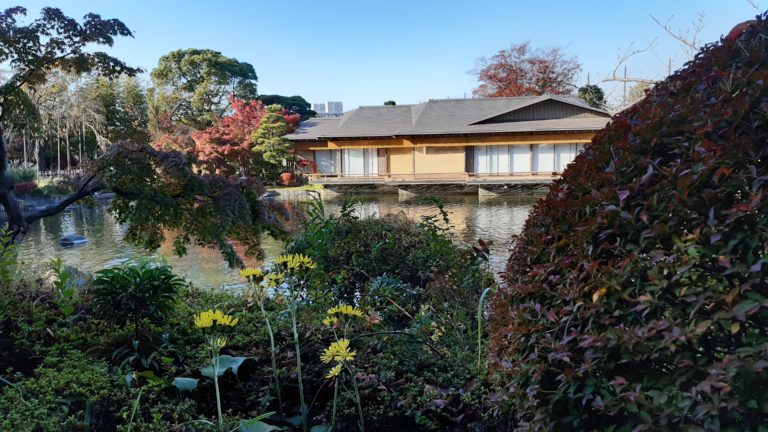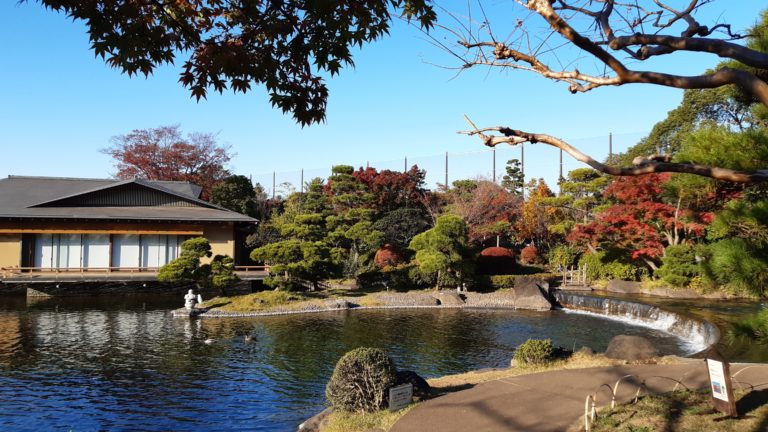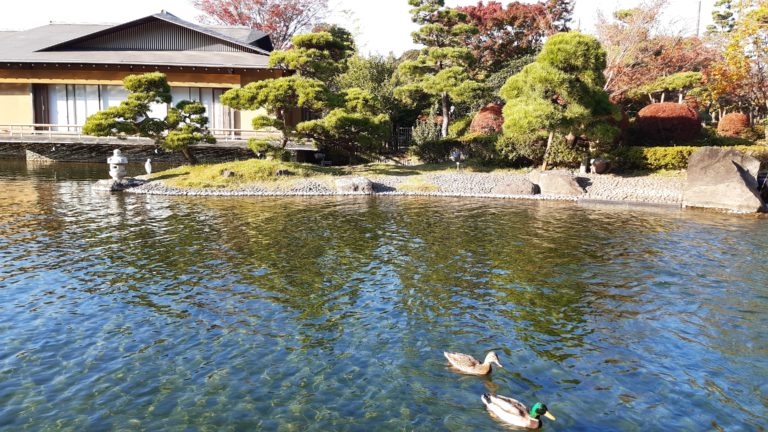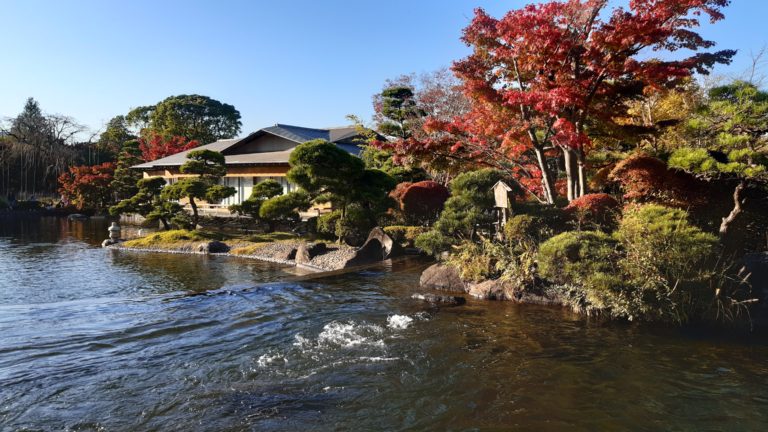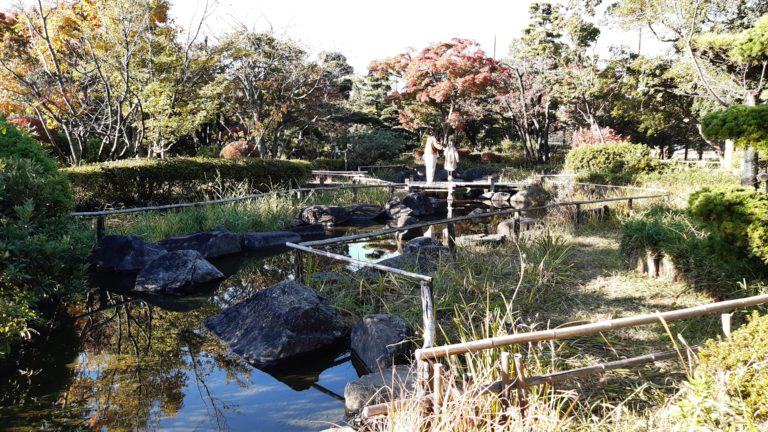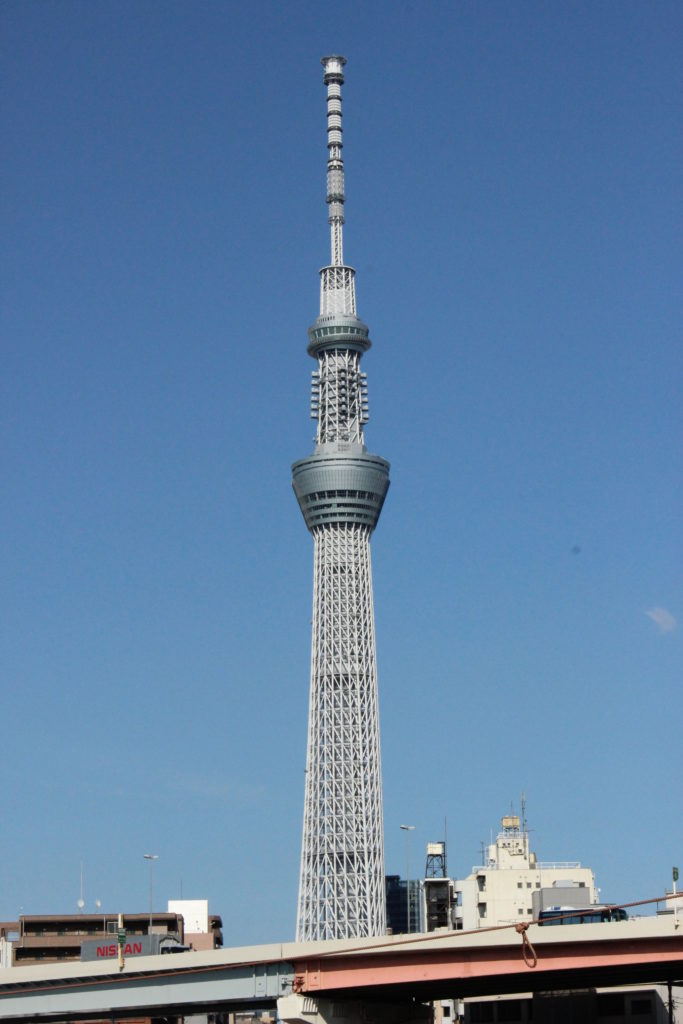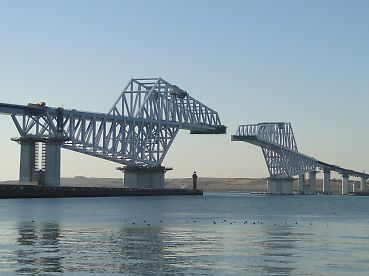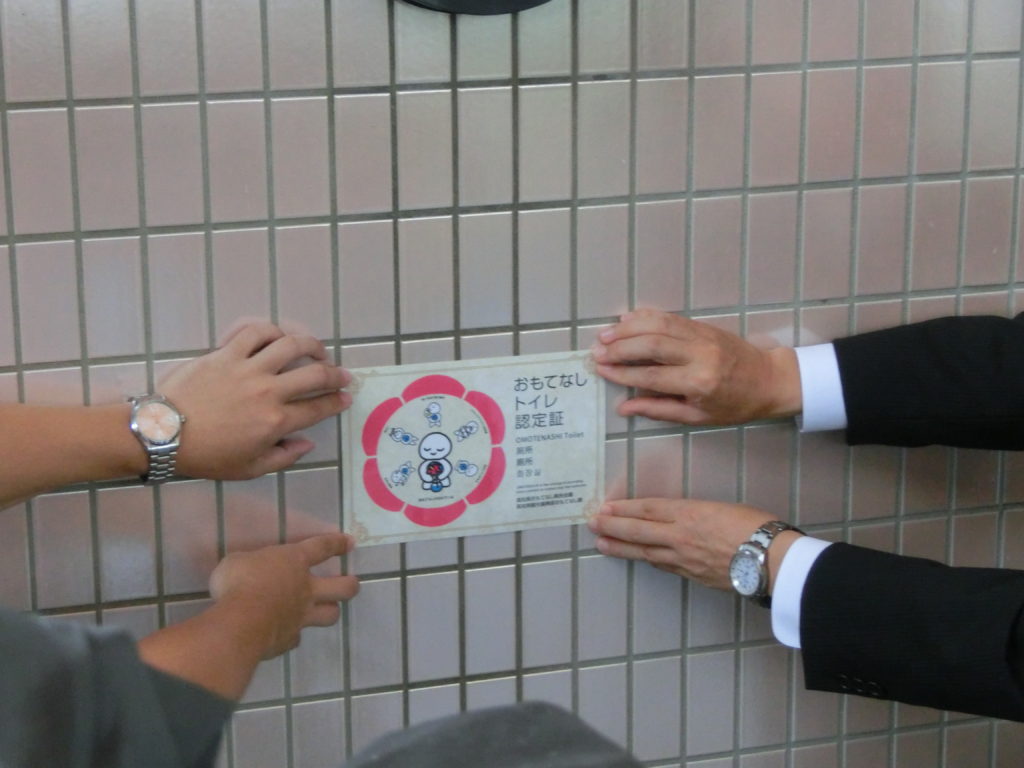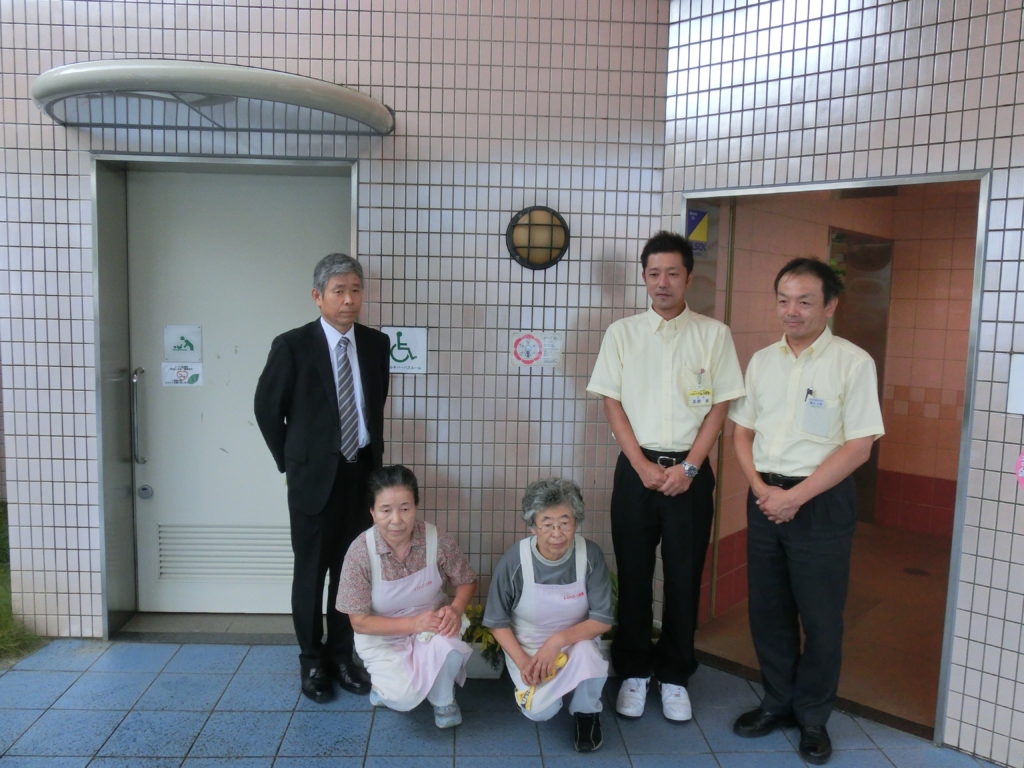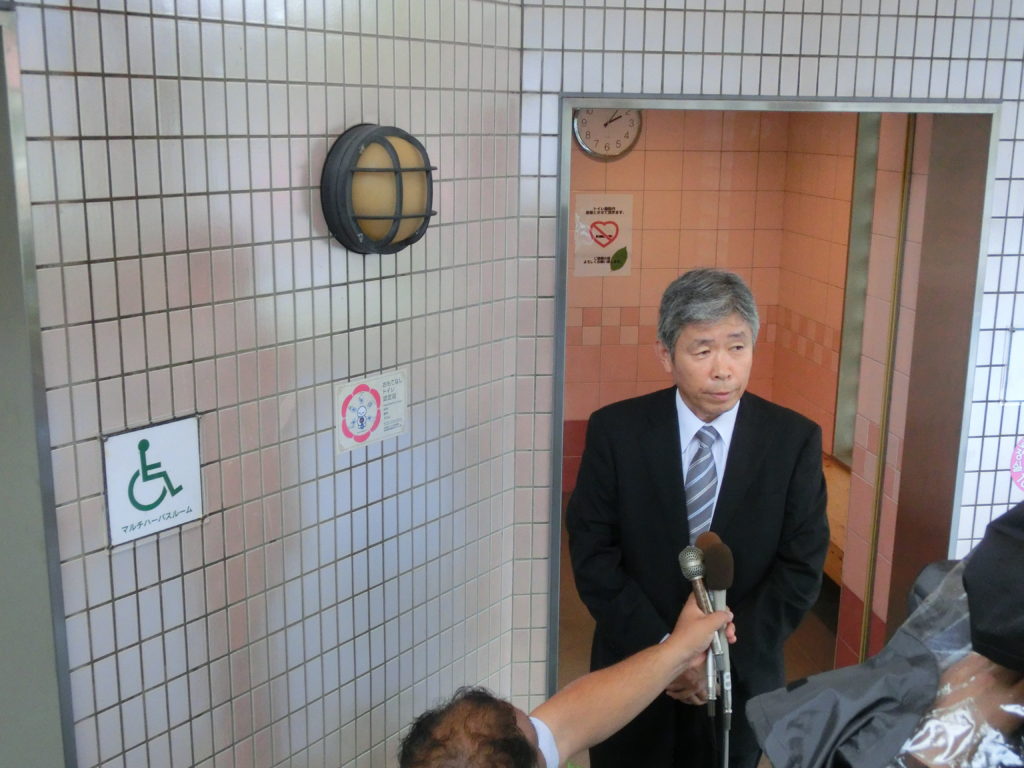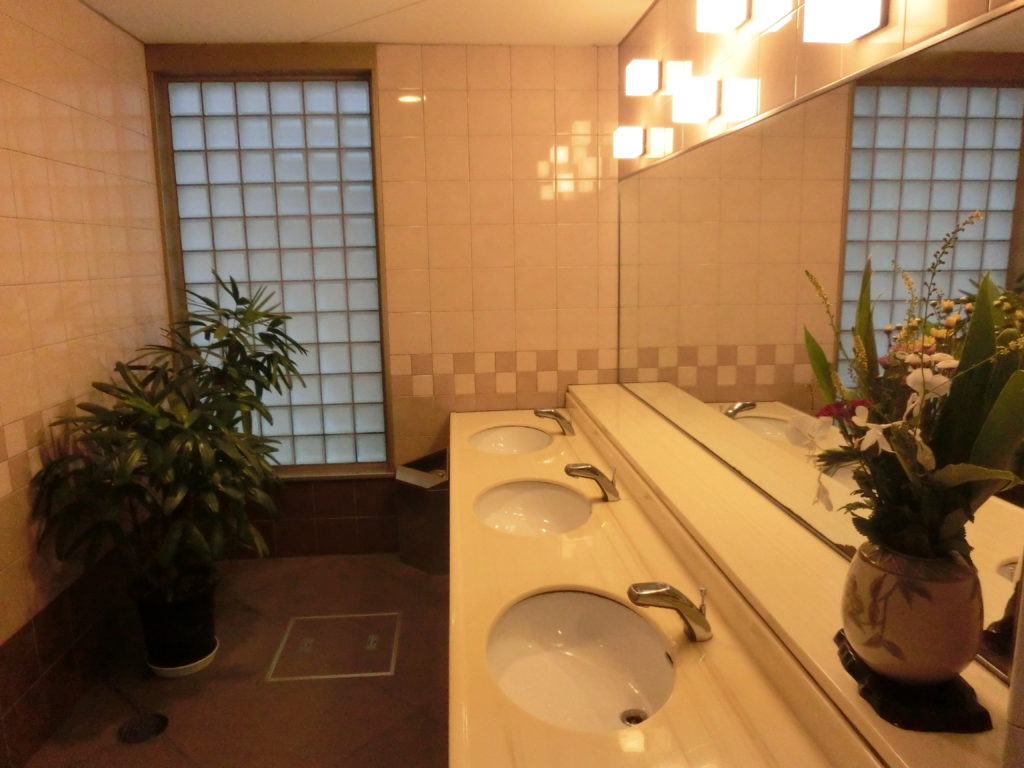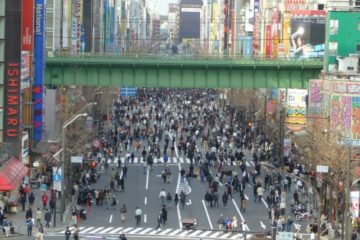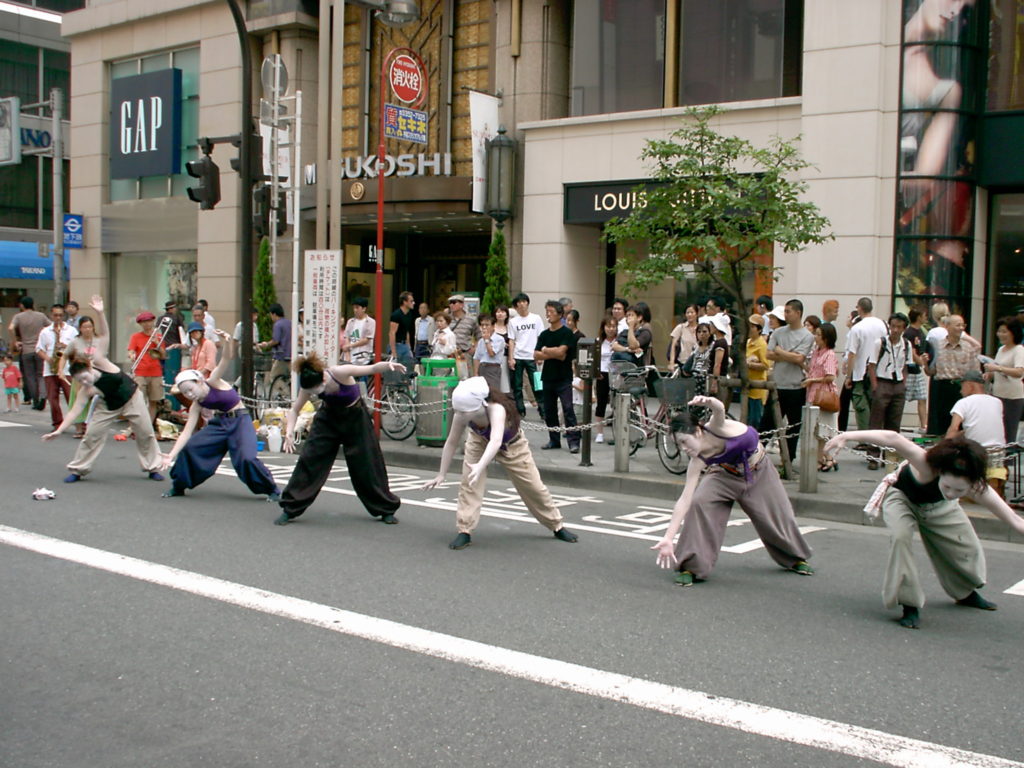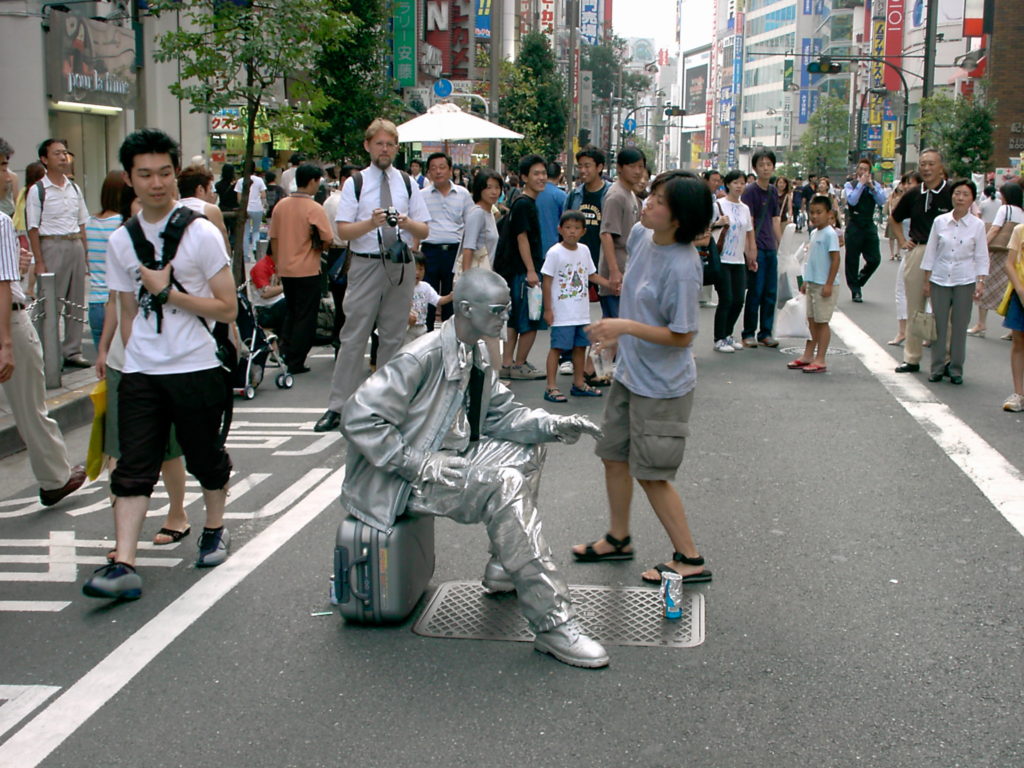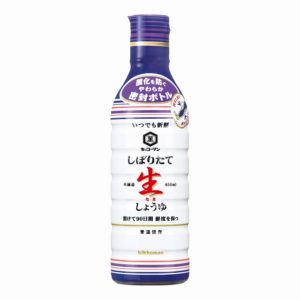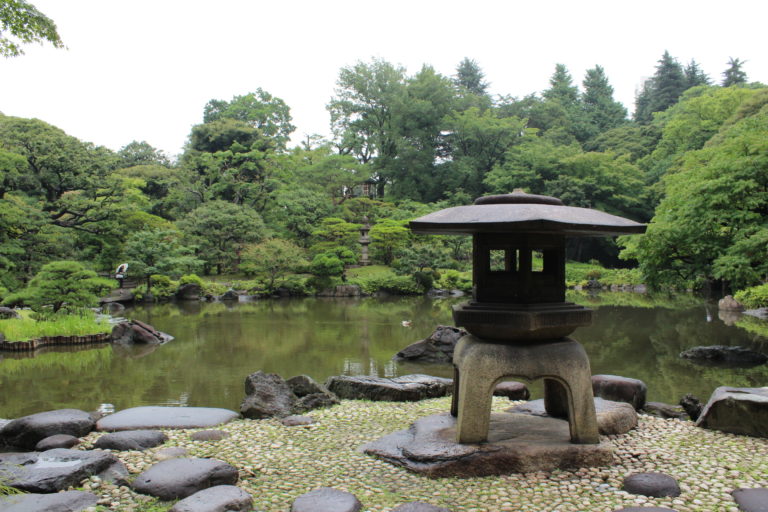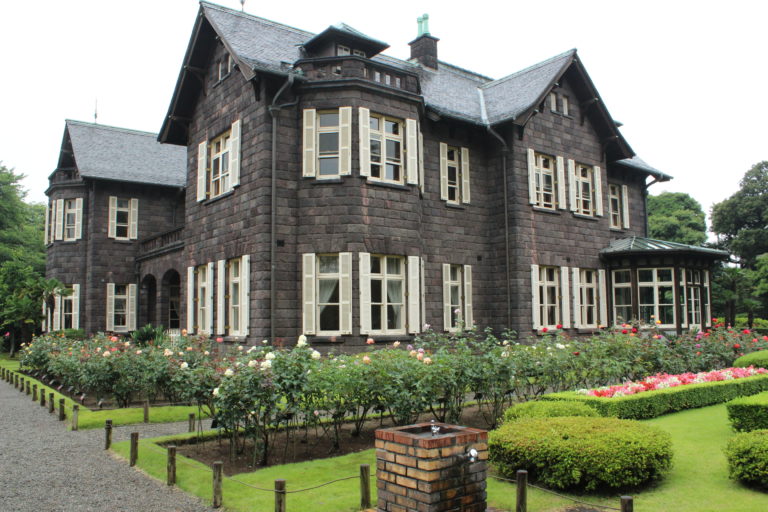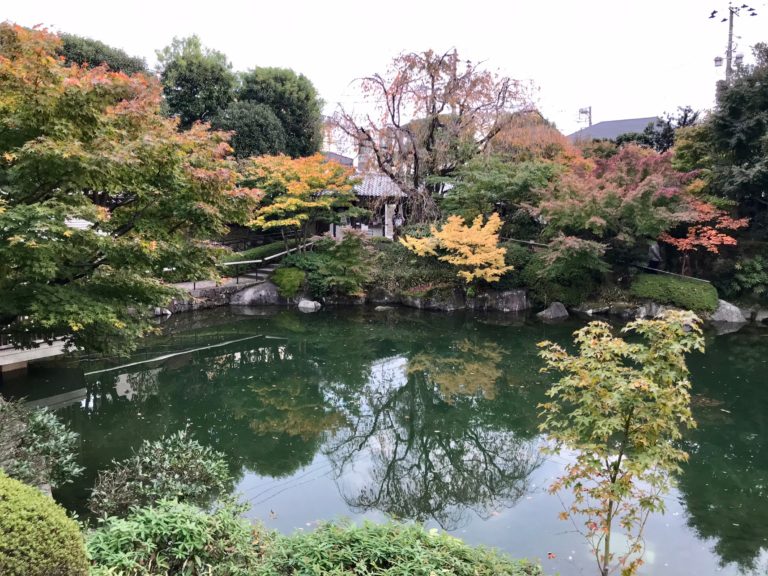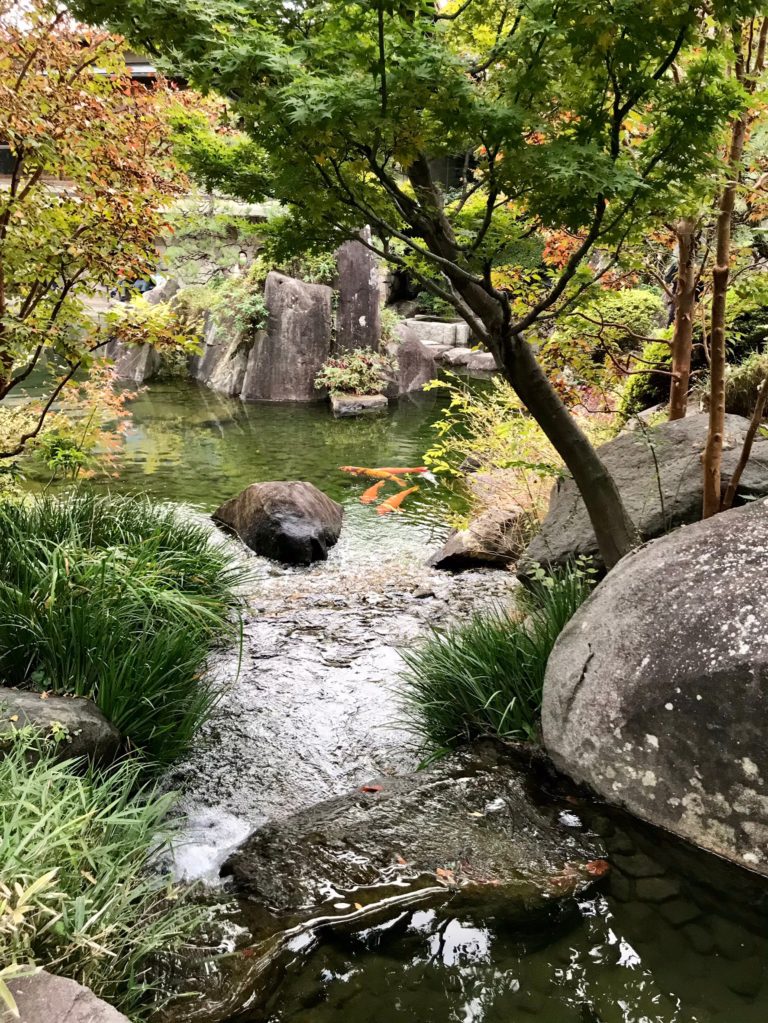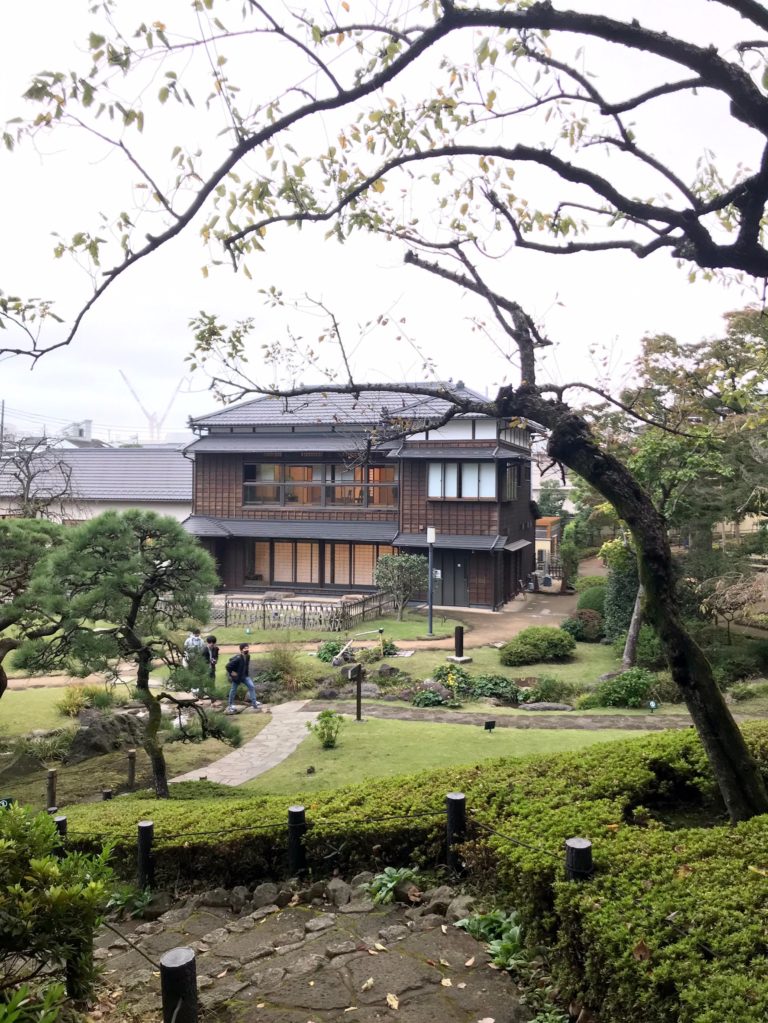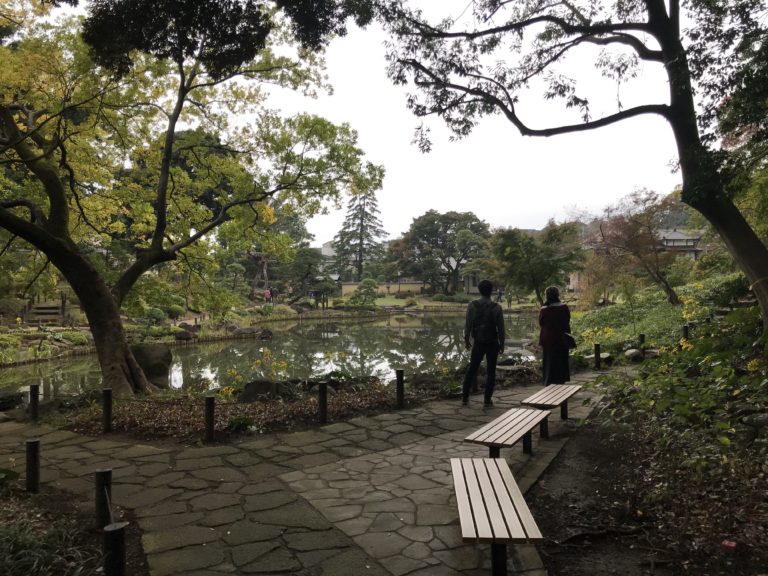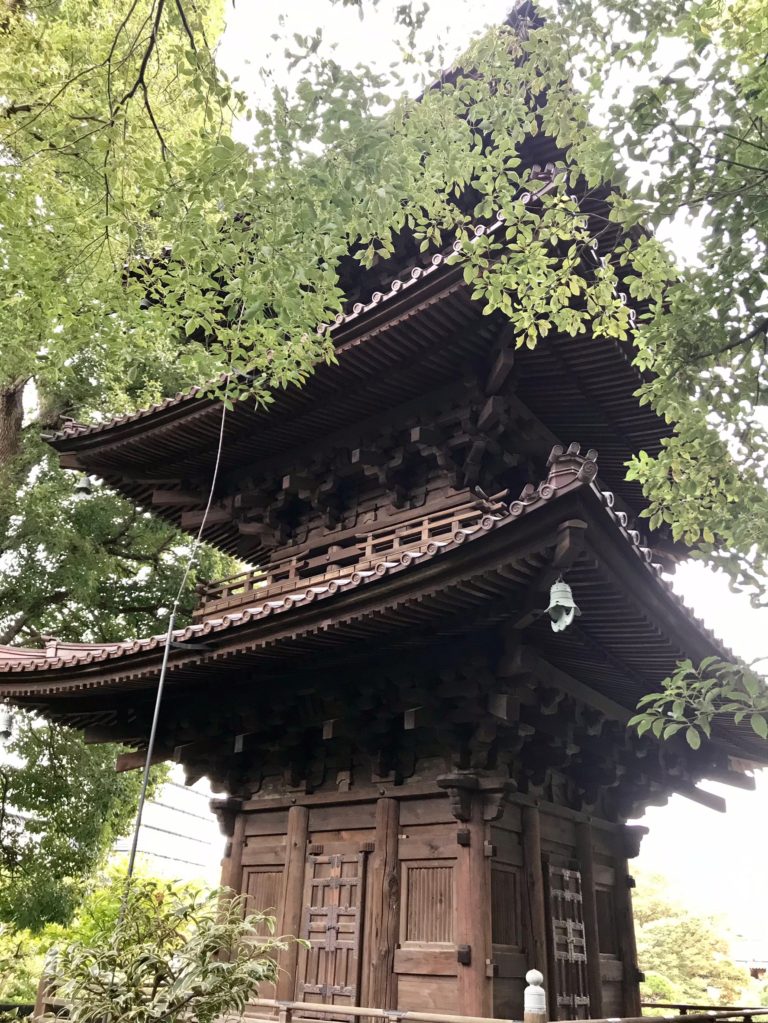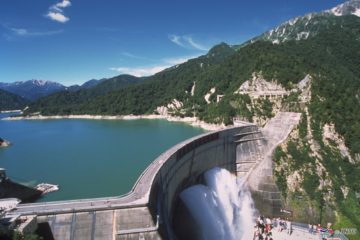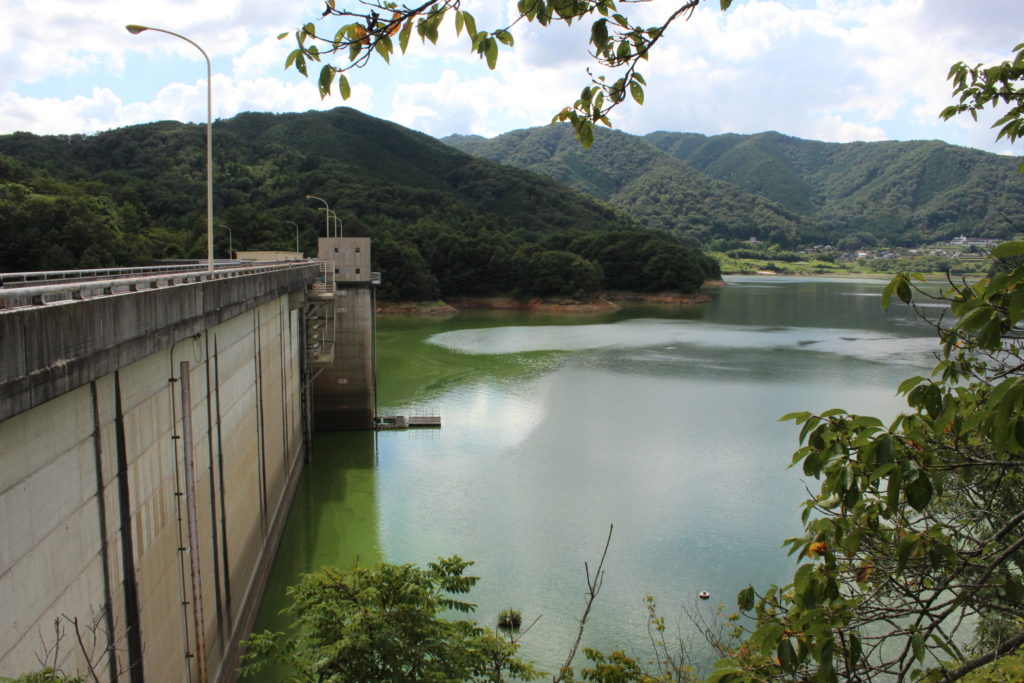Blog News about Japan 未分類
Hidden Ski Resorts in Japan
When one thinks of Japan words such as sushi and samurai may typically come to mind. However in recent years Japan has begun to gain acknowledgment for something completely different and unexpected: skiing. While the words skiing and Japan may not have an immediate and direct connection for most, in reality Japan is a utopia for avid skiers, with over 500 ski resorts scattered from the south of Kyushu to the north of Hokkaido. Ski fanatics from all over the world flock to Japan because they know that they will find pristine powder snow in perfect condition. The geographical location of Japan allows for the weather systems to work its magic, providing just the right amount of moisture and low temperatures. This results in an ideal environment where ski resorts overflow with champagne powder throughout the months of January to March. In fact, central and northern regions of Japan average a snowfall of 12 meters (39 ft) to 15 meters (49 ft) yearly.
Another word that may not have an immediate connection to Japan is “cheap.” While many seem to have the perception that Japan has an expensive cost of living, transportation, and pretty much everything else, this is not necessarily true. In fact, ski resorts in Japan can be enjoyed at reasonable prices compared with other countries such as the United States, Canada, Australia, and even Europe. So what do powder snow, slopes and courses to match skiers of all levels, and unbelievably reasonable prices add up to? A definite must-go for those who love cruising the snow. However choosing the right resort to venture out to from the possible 500 something may be a bit overwhelming, so below is a summary of a few of the most well-known.
HOKKAIDO – Prince Snow Resorts
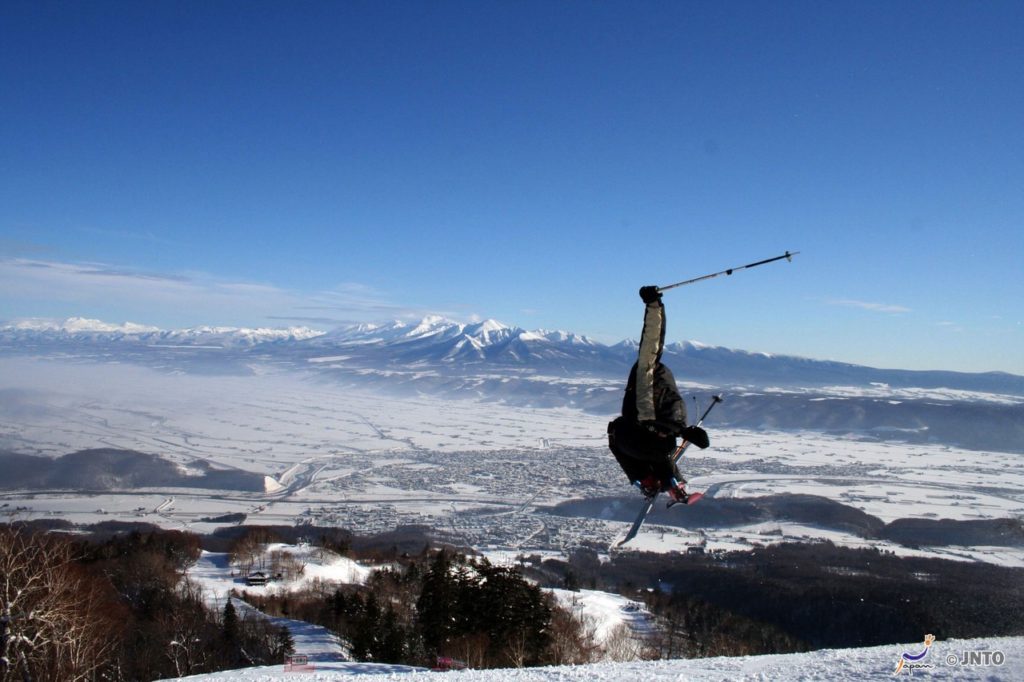
The star of the north, Hokkaido is perhaps most famous for its fresh seafood and vast lands of never ending green. On the other hand, the region of Furano is surrounded by towering mountains on all sides, creating a patch of encased land. This creates an ideal location for skiing as the land is unaffected by the gushing ocean winds which can greatly influence the daily condition of the snow. Furano as a whole greatly appreciate and welcome foreign tourists, and locals who speak English often offer tours of the area for free. As of 2012 the percentage of foreign skiers is 20%, but Furano hopes to increase this to 50% within 10 years. The largest ski resort in Furano is the Prince Snow Resorts, which although major enough to host international competitions at times, is still priced at a third of ski resorts worldwide. With the unmatched hospitality and great prices, Furano may indeed be the next most popular skiing destination for foreigners.
YAMAGATA – Zao Ski Resort
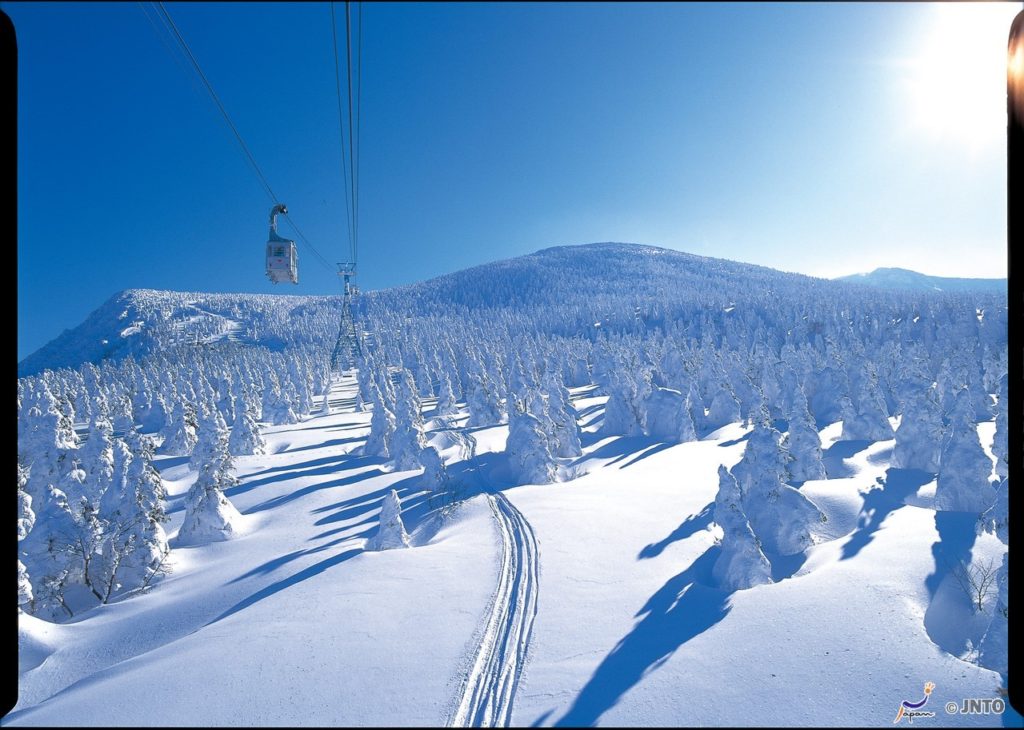
Zao boasts a total of 14 slopes and 12 courses, meaning skiers would find the perfect match no matter what level they are. Dynamic courses weaving throughout the mountains are the favorites of experienced skiers. At the peak of the mountain awaits a stone statue of the guardian of the mountains. Zao is home to a truly unique sight – the silver thaws, or snow monsters. Snow monsters are actually pine trees covered completely in ice, making it seem as if there are towering creatures emerging from the snow. A number of strict conditions must be met for this natural phenomenon to occur, making it extremely rare to come by. Most tourists indulge in the set combination of skiing, snow monsters, and hot springs when visiting Zao.
SHIZUOKA – Mt. Fuji Snowtown Yeti
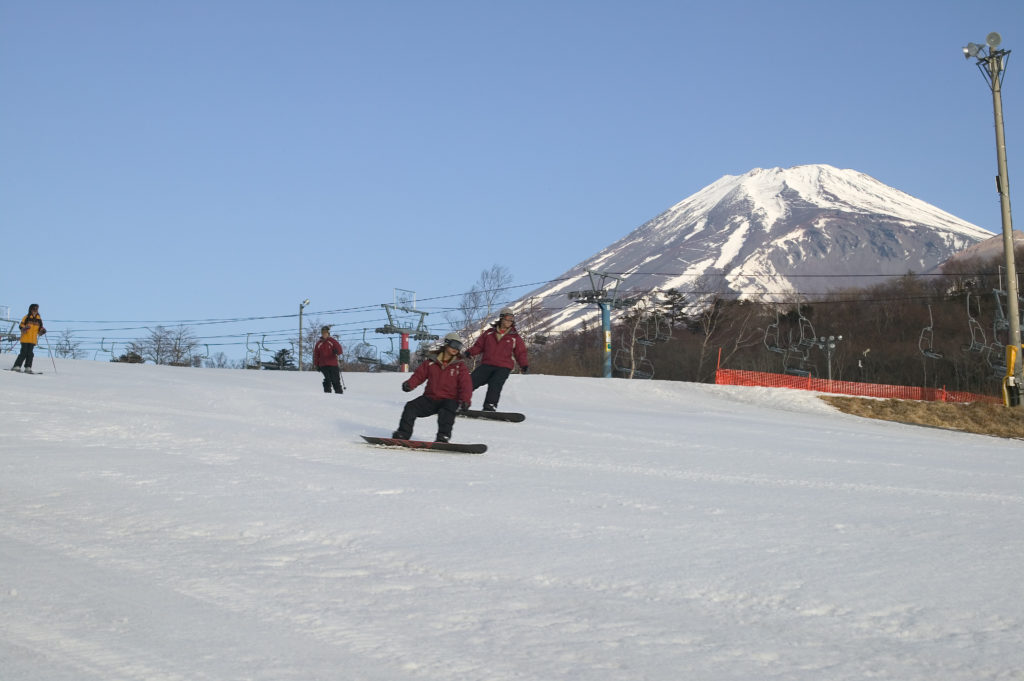
Shizuoka is one of the only two prefectures in Japan that shares the famous Mt. Fuji. And as if to confirm this fact, on days when the skies are clear Mt. Fuji can be seen from the slopes of Yeti as well. The grandiose view can be enjoyed by skiers of all levels as Yeti consists of slopes catering to any level. Yeti is not only beginner friendly but also family friendly as well, with a designated snow playground allowing for anyone who desires to create snowmen, have snowball fights, and even make snow angels. There is also a slope set aside for exclusively for sliding down on sleds (sled rental JPY 700 as of Sep 2012). Yeti provides an environment in which the young and old, beginners and advanced can all deeply enjoy.
NIIGATA – GALA Yuzawa Snow Resort
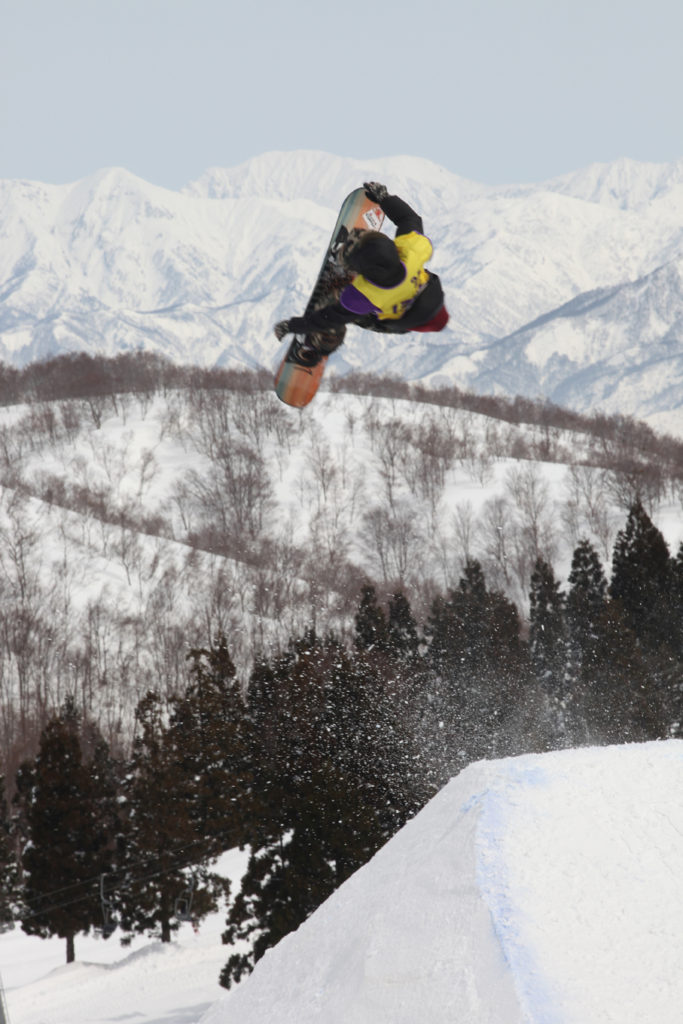
Gala is an unfalteringly popular ski destination even for citizens outside of Niigata for two main reasons: its ease of access and convenient rental service. Gala’s closest station, Gala Yuzawa Station is only one bullet train ride away from Tokyo Station, taking only 96 minutes. Gala even rents out everything from boots, sleds, trendy ski wear, to all the newest models of skis and snowboards, all maintained daily with great attention and care with the future visitors in mind. Travelers who are overwhelmed with the sudden urge to ski can find relief at Gala without bringing a single piece of ski equipment, and after a couple intensive hours of skiing, relax in the resting area completely free of charge.
Blog News about Japan 未分類
Tokyo’s New Night View
Open for traffic on February 12, this truss bridge spans 2,618 meters. Its unique shape, resembling a pair of crouching dinosaurs, has led to its being nickname the “dinosaur bridge.” The bridge’s nighttime colors are changed each month, with October the color of autumn flowers, November, the color of red maple leaves and December, the color of scarlet sage.
Blog News about Japan 未分類
Hospitality in the Toilet in Japan
With the aim of boosting satisfaction by visitors, Kochi Prefecture on the island of Shikoku has adopted an “Omotenashi Toilet” system by which public toilets are recognized for high standards of cleanliness. The campaign aims to raise the perception of Kochi as being a hospitable place for sightseeing, thereby attracting more repeat visitors to its many attractions.
The campaign is part of the prefecture’s wider strategy of bring more visitors, having set its sights on the annual figure of 4 million visitors from outside the prefecture, which will bring revenues totaling more than 110 billion yen. To realize this, clean sanitary facilities at major sightseeing spots are regarded as essential.
To achieve certification, a lavatory must be 1) clean; 2) well illuminated (50 lux or above); 3) well ventilated with use of deodorizers; 4) provide toilet paper; 5) have one or more Western-style commode; and 6) convey a sense of hospitality to users. Concerning 6), such examples are suggested as flowers in vases; a facility for changing infant diapers; background music; supplying local information, and so on.
The campaign is focusing in lavatory facilities apart from private homes, such as hotels, rail stations, convenience stores, restaurants and others, whether public or commercial. Those accorded certification will be permitted to affix a multilingual “Omotenashi Toilet” seal, and also be listed on the prefecture’s home page.
URL: http://www.pref.kochi.lg.jp/soshiki/020201/omotenashitoilet.html
Blog News about Japan 未分類
Tokyo’s Pedestrian Paradises
Tokyo’s Pedestrian Paradises
On most Sundays, motor traffic is banned from parts of three of the most popular streets in Tokyo, which then become “hoko-ten” (pedestrian paradises). This system dates back to August 1960, when the famous Ginza Street initiated the practice. This practice has continued to the present. The broad avenue is blocked off, and pedestrians permitted to stroll and relax, until early evening, free from exhaust gas and noisy traffic. (On rainy days and at the end of the year, some streets suspend the practice.) While such things as street performances photography sessions, political demonstrations, street sales, passing out of flyers, collection of money for charities, etc., are officially banned, some street performers nonetheless ignore the rule and put on impromptu shows.


Blog News about Japan 未分類
Gardens in Tokyo
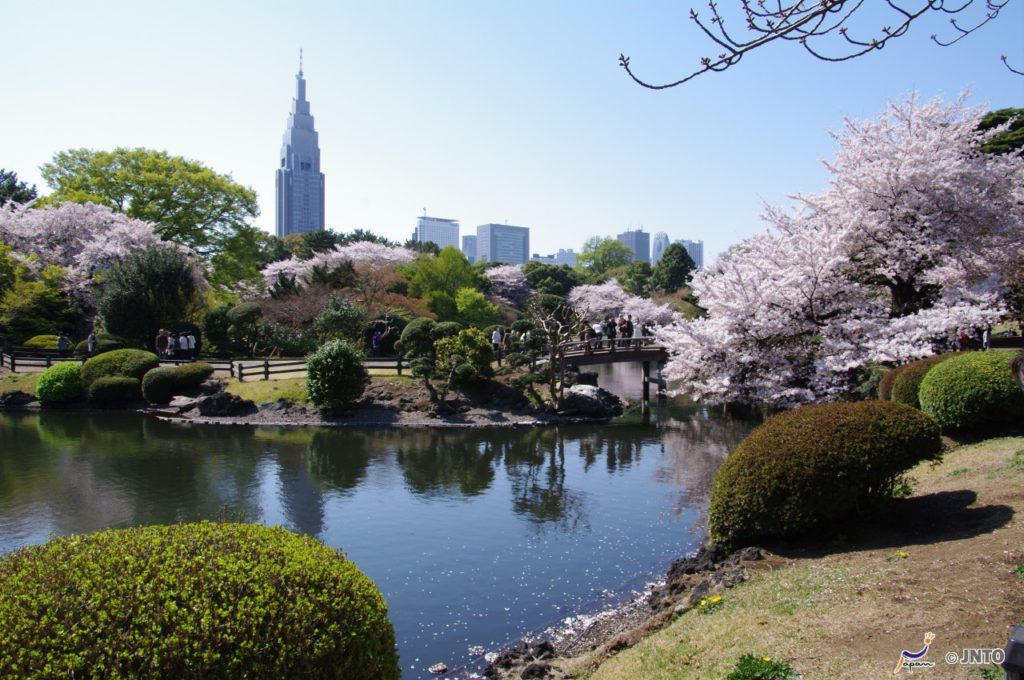
According to a survey by the MasterCard credit card firm, the world’s top destination for tourists in 2018 was Bangkok in Thailand. How about Tokyo due in part to that city’s playing host to the Olympic Games next year? It was ranked 9th. More than 12 million people live in Tokyo. If you count the metropolitan area, including the cities around Tokyo, the number is 30 million. However, there are countless parks in the center of the Tokyo metropolitan area where people can relax and enjoy themselves. In this article, we’ll introduce you to a few representative parks. If you are visiting Tokyo as a tourist, why not visit these parks? Admission is also very cheap.
In a city with such a high population density, parks and gardens play an important role. Parks that charge admission are particularly well run. Here, we’d like to introduce several spots in the central parts of the city that brim with the impression of nature.
<Kyu-Furukawa Gardens>
This place, which assumed its current shape in 1917, was owned by a former member of the zaibatsu (industrial cartel). After the Pacific War, ownership was passed to the nation, and then to metropolitan Tokyo government. The gardens were designed by British architect Josiah Conder (1852-1920) who influenced the designs of Western-style houses and gardens in Japan, which he merged with Japanese-style gardens. Particularly active during the early years of the Taisho Era (1912-1926), Conder’s fusions of traditional methods and modern technology came to represent a superb harmonization of East and West.
<Shinjuku Gyoen>

Opened to the public in 1906, it was formerly the mansion of the Naito clan, from a powerful domain allied with the Tokugawas. Measuring 58.3 hectares, it is close to Shinjuku Station, a major rail hub through which some 3 million commuters pass daily. The garden has over 10,000 trees including some 1,300 sakura (cherry tree), making it one of the city’s most popular spot for cherry blossom viewing in springtime. It was awarded three stars in the Michelin Green Guide book, making it a popular attraction for foreign visitors.
<Rikugien Gardens>
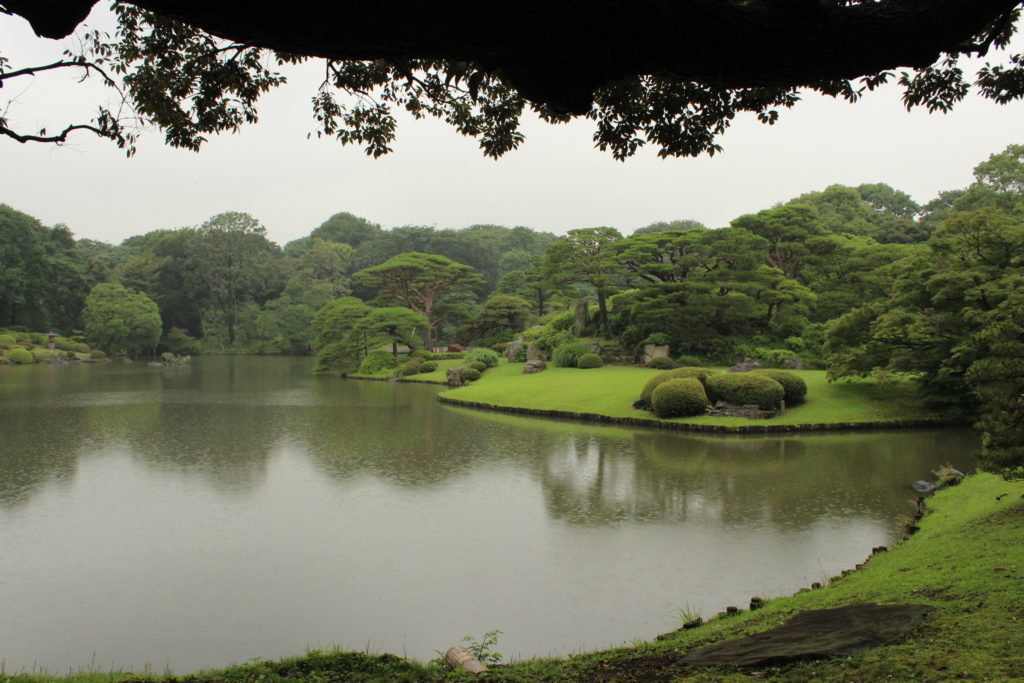
Formerly the estate of Shotaro Iwasaki, founder of the Mitsubishi Group, Rikugien became property of Tokyo in 1938 and was opened to the public. Its “forest” of 6,000 trees is so dense that it’s possible to walk through it during a light rainfall without becoming wet.
- Mejiro Garden pond
- Megiro Garden waterfall
- Mejiro Garden whole image
Toshima City Mejiro Garden was established in November 1990 as a place to nurture traditional culture in the midst of the ongoing urbanization and internationalization of Toshima City, Tokyo.
The garden is a traditional strolling garden with a large pond in the center and paths around it. A variety of natural scenery can be seen in a small space, and visitors can enjoy the scenery while walking around the pond.
The garden is also home to the Akatori-an, a single-story wooden tile-roofed Sukiya-style building, and the Hexagonal Floating Hall. You can enjoy the beauty of the garden from a variety of angles.
The best of all, the entry is free!
<Higo-Hosokawa Garden>
- Shoseikaku, a traditional Japanese house in the garden
- Higo-Hosokawa Garden
- Higo-Hosokawa Garden pond
- Higo-Hosokawa Garden visitors
Higo Hosokawa Garden is a strolling garden with a pond that makes the most of the natural scenery of the Sekiguchi Plateau in Mejiro-dai. The area around the park became the residence of the Shogunate leaders from the middle of the Edo period, and at the end of the Edo period, it became a suburban residence of the Shimizu and Hitotsubashi families. At the end of the Edo period, it became a subordinate residence of the Shimizu family and the Hitotsubashi family. Afterwards, the Tokyo Metropolitan Government purchased the park and opened it as “New Edogawa Park” in 1961, and it was transferred to Bunkyo Ward in 1975. And now open to the public for free of charge!
Shōsei-kaku was the former suburban residence of the Hosokawa family of the Kumamoto domain, and was used as the Hosokawa family’s study hall and, for a time, as a residence of the Hosokawa family. The current building was reopened in January 2016 after conservation and restoration to preserve its history and to ensure its earthquake resistance.
<Garden at Chinzanso Hotel>
- Artificially generated clouds over the garden at Chinzan-so
- A 3-story Pagoda
Located on the Sekiguchi Plateau on the eastern edge of the Musashino Plateau, facing the Kandagawa River in Tokyo, it was called a “camellia mountain” due to the camellias that had been growing in its natural habitat since the 14th century. In the 19th century, former Japanese Prime Minister Aritomo Yamagata purchased the house. He named the villa ” Chinzan-so” as his own residence.
In 1918, Baron Heitaro Fujita, the second head of the Osaka-based Fujita Zaibatsu, took over the house and made it his official residence in Tokyo. Part of the property was destroyed by fire during the Pacific War, but in 1948 it became the property of Fujita Kogyo, which later transplanted more than 10,000 trees and began operations as a wedding hall in 1952. In 1992, the Four Seasons Hotel Chinzanso Tokyo opened on the grounds.
The garden is open to the public, with camellias, cherry blossoms and other plants, as well as historical sites. The three-story pagoda at the top of the garden was originally a pagoda of the Chikurinji Temple in Hiroshima Prefecture.
